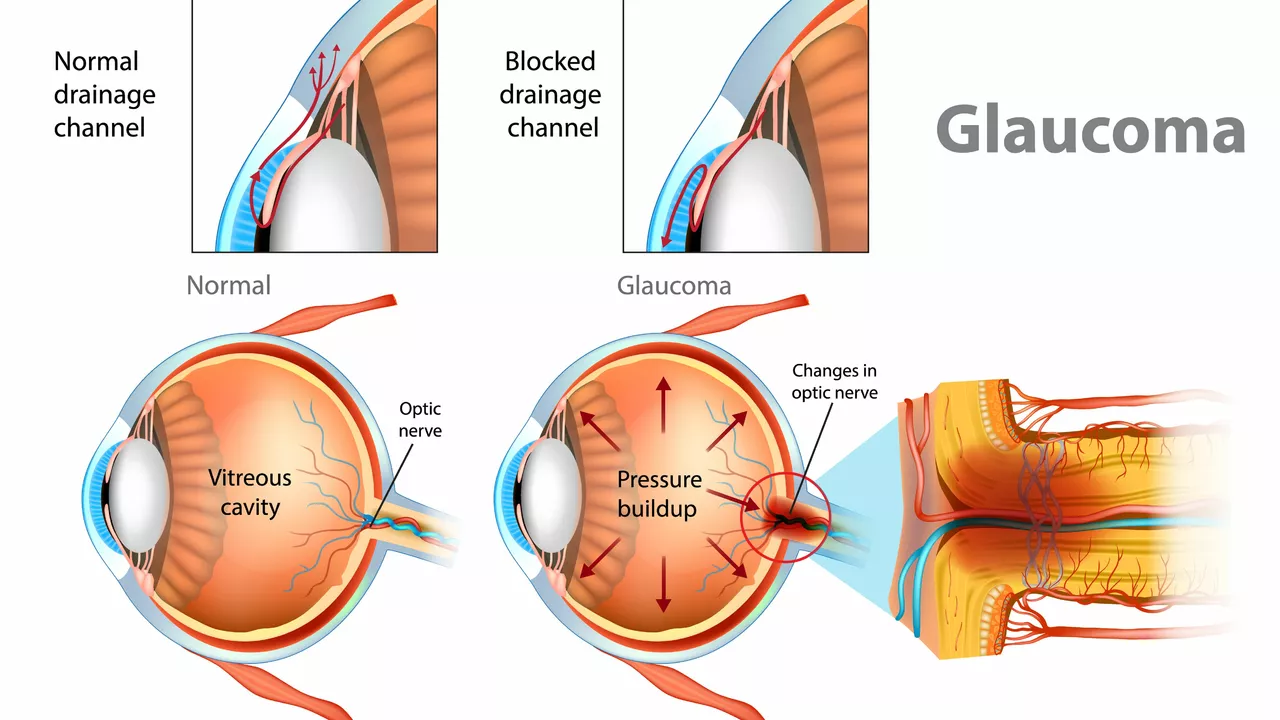Open-Angle Glaucoma: What You Need to Know
Open-angle glaucoma is the most common type of glaucoma. It usually develops slowly and quietly — many people don’t notice symptoms until vision is already affected. The main problem is higher pressure inside the eye that damages the optic nerve over time. Catching it early and sticking to treatment are the best ways to slow or stop vision loss.
What open-angle glaucoma looks like
Early on, you may have no symptoms. Peripheral (side) vision often fades first, so you might notice a tunnel-like effect when driving or walking. Later, central vision can be affected. Risk factors raise the chance you’ll get it: being over 60, family history of glaucoma, high eye pressure (measured as intraocular pressure), being very nearsighted, or having certain medical conditions like diabetes.
If you have any of those risks, get regular eye checks that include optic nerve exams and visual field tests. Eye drops, imaging (like OCT), and pressure checks are routine. An eye doctor will compare results over time to spot change early — that’s what really matters.
Treatment and daily care
Treatment aims to lower eye pressure to protect the optic nerve. Most people start with prescription eye drops. Common classes include prostaglandin analogs (once-daily), beta blockers, alpha agonists, and carbonic anhydrase inhibitors. Each works a bit differently and has possible side effects — for example, prostaglandins can change eye color or lash growth, beta blockers may affect your heart or breathing. Your doctor will pick the best fit and may change meds if you get side effects.
If drops don’t control pressure, options include laser trabeculoplasty (a quick outpatient procedure that helps drain fluid) or surgical choices like trabeculectomy or modern implants. Newer minimally invasive glaucoma surgeries (MIGS) are less invasive and often used with cataract surgery. Discuss risks and recovery time with your surgeon — every approach has trade-offs.
Daily habits help too. Take drops exactly as prescribed; skipping doses is the most common cause of treatment failure. Use reminders, link drops to a daily routine, or ask a family member to help. Avoid meds that raise eye pressure (your doctor will advise). Stay active, manage blood pressure and blood sugar, and quit smoking — these steps help overall eye health.
See an eye doctor right away if you notice sudden vision loss, severe eye pain, halos around lights, or nausea with eye pain. For most people with open-angle glaucoma, steady care and regular monitoring let them keep useful vision for life. Keep appointments, follow your treatment plan, and ask questions — your eyesight depends on it.

